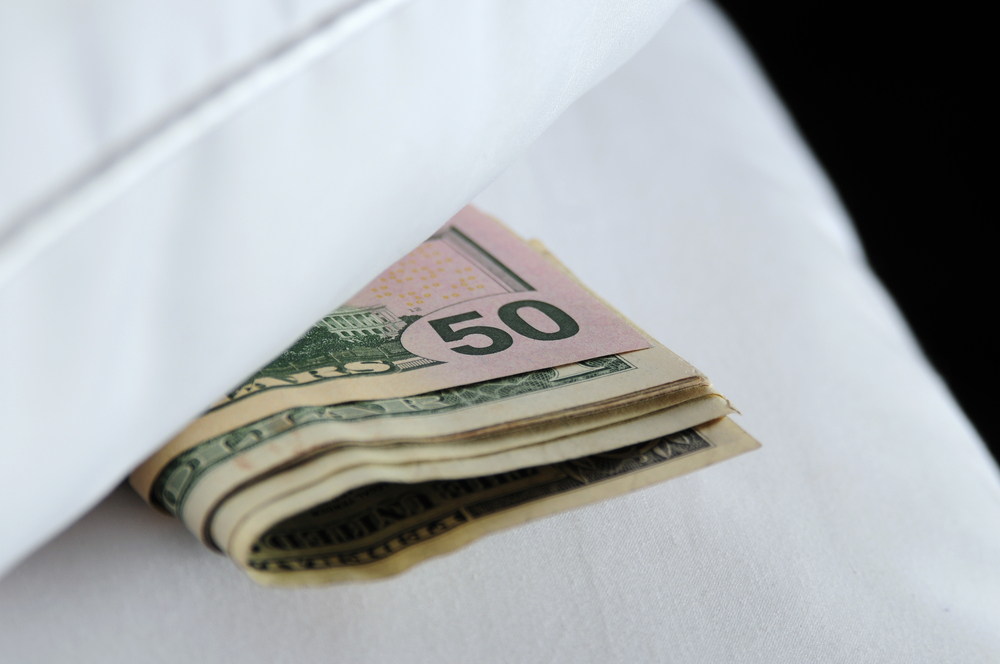A recent survey by the Federal Deposit Insurance Corp. (FDIC) found that the number of “unbanked” U.S. households reached its lowest level since 2009.

The FDIC survey revealed that just 6.5 percent of U.S. households were unbanked in 2017, meaning they had no savings or checking accounts. This was down 0.5 percentage points from the last survey in 2015.
This means that about 8.4 million U.S. households were unbanked in 2017. Further, approximately 24.2 million more U.S. households were considered to be “underbanked,” meaning they have a bank account of some kind, but also use financial products or services outside of an insured financial institution.
The decline in the unbanked rate from 2015 to 2017 is almost entirely related to changes in socioeconomic circumstances of U.S. households, the FDIC survey found.
The National Association of Federally Insured Credit Unions (NAFCU) appreciates this trend and is supportive of a bill that’s currently in Congress that could further it. The bill — H.R. 4665 — would allow credit unions of all charter types to add underserved areas to their fields of membership. Also, the National Credit Union Administration (NCUA) has finalized some rules that will help federal credit unions reach potential members who want and need affordable financial services.